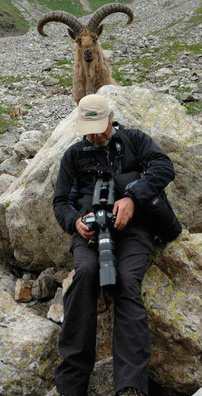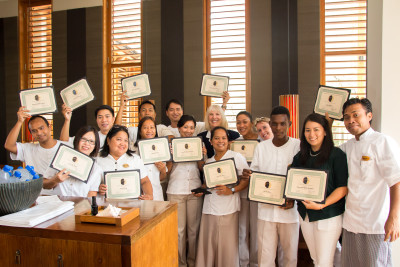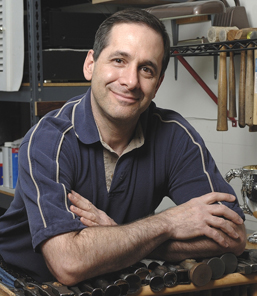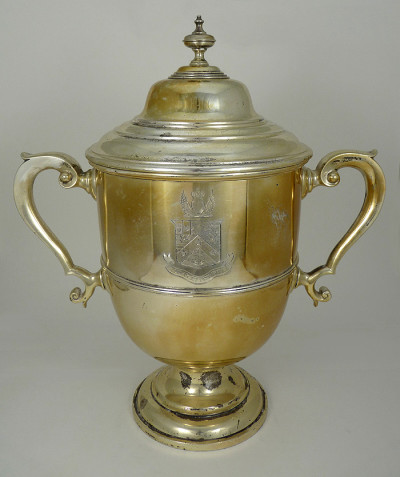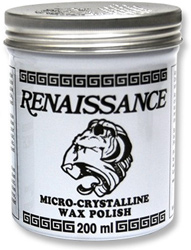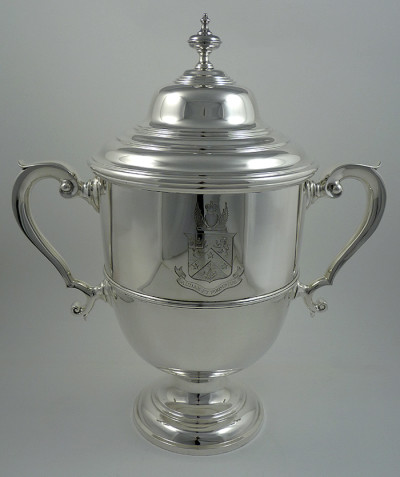
The Modern Butlers’ Journal volume 11, issue 8
International Institute of Modern Butlers
 Message from the Chairman
Message from the Chairman
Concierges have provided service in hotels and properties for centuries. There is a certain kinship between concierges and butlers, not surprisingly, as the word comes ultimately from Latin meaning “fellow slave,” or “serving with.” However, the French phrase “compte des cierges, meaning “Guardian of fixtures,” is a more representative concept—the “Keeper of the keys” in castles and government buildings—hence the two crossed keys of Les Clefs D’Or. Their original duties 800+ years ago in France included managing all the service being delivered in the castles, and so were very close to the duties eventually taken on by butlers. But while butlers rose to managing large households in England and elsewhere, the concierges’ duties narrowed down during the 18th Century, with the advent of international business- and pleasure-travel, to those currently executed in high-end hotels around the world.
Butlers, originating in England, predate concierges, who originated in France, by a century or more. So it is particularly nonsensical that, despite being at it longer, butlers have had zero success in coming together as a profession; whereas concierges have come together since 1929, and more fully, since 1952, to forward their profession as a single, professional body. Perhaps it is a matter of hubris on our part, whereas the concierges have adopted a more professional approach that serves them well in terms of setting and maintaining standards for their 4,000 members in over 50 countries.
I recently asked to see the articles of association of Les Clefs D’Or, and similar literature, and was warmed to note that Les Clefs D’Or has service codes much like ours, and even has a fund to assist colleagues who have fallen on hard times because of serious physical conditions, such as cancer.
The day a Silver Tray (let’s assume that could be the name of a similar International Butler Association) exists to set and raise standards for butlers, and it offers such a fund, we could say that we had finally come of age as a profession, rather than a collection of multiple “Only Ones”—as in “We are the only valid butler organization.”
United we stand, divided we fall.
Butlers in the Media
Butlers are now working on river cruises in Europe (four of Uniworld’s vessels), offering a stripped down version of butler service.
An interesting article about the lengths butlers go to in hotels to service their guests—although the author has taken it upon herself to pronounce that “butlering is a dying art.”
Another White House “butler” engages in a tell-all—when will the White House establish some standards in this area?
Some entrepreneurs have created a company called “Hello Alfred” (referring to Batman’s butler) that offers “butler service” for $25 a week—the duties basically being running errands and managing small projects for which the clients do not have time. As the company already employs 100 butlers (stay-at-home mums and artists) so far in New York and Boston, they are obviously much in demand by busy executives and no doubt appreciated by those looking to boost their income.

If the above is a bit of a stretch, then how about Sandcastle Butlers, the latest hijacking of our profession to boost image? The picture (from the Hertfordshire Mercury) says it all.
Hot on the heels of the Japanese cafe culture with butlers and maids, we now find Glasgow, Scotland offering the same: a cafe with maids and butlers. Used to be a time when one went to a cafe to enjoy a simple coffee and scintillating chat.
Not sure if we have covered the “Stock Butler” before—software that analyzes and rates a person’s stock portfolio.
And no MBJ would be complete without another little look at the rapidly encroaching world of robots as butlers. The first hotel in the world has opened with service almost exclusively carried out by robots—done to save money on wages and downtime, such as days off, and to create “the most efficient hotel in the world.” Um…. Let’s see: “Hospitality,” basic definition being “friendly.” “Friend” comes from an Indo-European root word meaning “love.” Met any friendly robots recently, ones who express their heartfelt love for you? (Perhaps that should read “programmed love”?). Somewhere, someone, or a lot of someones, are missing the point.
As the Wall Street Journal reported, machines do not have ethics and have no understanding of morals. When asked by a human what was immoral, one AI (Artificial Intelligence) robot said, “The fact that you have a child.” To be sure, in an AI-dominated world, the perpetuation of the human species is neither logical nor necessary.
And while “scientists” are busy trying to make robots human, and humans unnecessary, they are also busy making humans into robots: witness the University of California, Berkeley breakthrough (also reported in the Wall Street Journal) in creating neural dust that is so small, it can be implanted into the cerebral cortex (front of the brain) without the knowledge of the individual and run forever, collecting information and controlling people’s thoughts and emotions (and presumably, ultimately, their actions).
For a sobering look at the future of man versus robot, check out this video: Humans Need not Apply. Life, to some it seems, is just a matter of matter, and humans do not, ultimately matter, in the rush to…what? Efficiency? Again, someone, or a lot of someones, are missing the point of life, it would seem.
The truth is that people either have life in them, or they do not. One will find that those pursuing the “robots are ideal, humans are superfluous” motif are themselves, severely lacking in life/aliveness, and so, naturally, have an affinity for robots.
What can we do about it? Keep beating the drum for humanity, for caring and creative personalized service, for the life that is central to, and vital for, life. One wouldn’t think one would have to say this to humans—not to pull the rug out from under their own feet—not to keep hitting themselves in the face; but the obvious can be completely missed when one has a fixed idea and blinders on, like a carthorse, to keep it moving without questioning.
* NOTE: Parts of this article also appeared in an online blog this month: http://blog.kwegroup.com/service/unusual-hotel-services/ and in the August 4 edition of HN360, the daily e-newsletter of Hospitality Net.
 Letters to the Editor
Letters to the Editor
I was hired recently as a Household Manager for a family who owns a yacht. I spent last week on the yacht with the family and learned some simple but valuable aspects of shipboard service. My household management training did not include yacht service. Can you direct me to any books, on-line courses, etc. that can teach me the ins and outs of serving on a yacht? RD
Ed: Ms. Josephine Ive of Australia— josephine@magnumsbutlers.com—(www.yachtstewardess.biz) may well be able to assist. She trains in various parts of the world. A Ms. Alene Keenan of Florida may be pursuing her yacht training plans of two years ago. Might be worth an email to see if she is operational: services@yachtstewsolutions.com
A good example of being too focused on equipment to make use of it—the means becoming an end. The same could happen to a butler who, perhaps following the lead of the employers, becomes lost in the trappings of wealth rather than keeping the focus on ensuring employer, family, and guest happiness.
Let’s Talk about Mixology, Part 3
by Amer Vargas
Long Island Iced Tea
Today we talk about a very popular concoction all over the world, but especially in the United States, where it was created. This delicious cocktail is favoured by many, including our beloved blue-haired and yellow-skinned Marge Simpson. Yes we are talking about the Long Island Iced Tea.
Interestingly enough, the name is not as descriptive as tea lovers would like. The Long Island Iced Tea has no tea in it at all, although it somehow resembles the taste and colour of a straight iced tea, but with an interesting level of alcohol content. We will see the reason for this below.
But before mixing drinks, a little bit of history: two versions exist for the origin of this particular mix. The first one dates back to the 1920s, when during the Prohibition in the US, a bartender known as “Old Man Bishop” created an alcoholic mix that looked like a non-alcoholic drink; then, Ransom Bishop, his son, perfected the recipe. That drink included whiskey and maple syrup, and different quantities of five liquors, rather than the equal portions of liquor the current cocktail involves.
The other version claims that in 1972, a bartender called Robert “Rosebud” Butt, who worked at the Oak Beach Inn on Long Island, NY, conceived the mix as a participant in a contest to create a mixed drink that included Triple Sec.
The preparation of the Long Island Iced Tea is very simple. It doesn’t require a shaker nor too much of a display to serve it.

It is served in a highball glass full of ice. Then add: 1.5 cl/0.5 oz each of Tequila, Vodka, White Rum, Gin and Triple Sec, 2.5 cl/0.85 oz of Lemon Juice, 3 cl/1 oz of Gomme Syrup and a dash of Cola. Stir gently to mix all the ingredients, then garnish the drink with a lemon spiral.
The thrill of the Long Island Iced Tea lies in its soft taste, but it requires being served really cold, thereby numbing part of its alcoholic content. The alcohol concentration is approximately 22%, pretty high compared with most other highball cocktails, which explains why it can open the door for even Marge Simpson to tell jokes after having a couple of them.
So, take it easy…and enjoy it!
Mr. Vargas is the Institute’s Vice President for Europe and can be contacted via AmerVargas at modernbutlers.com
Recent Training and Graduates
The Institute’s trainers were busy again during the month of July, and a number of students graduated successfully from the Hospitality Butler courses delivered on-site by the Institute.
One of these took place in Amanyara, a luxury resort and private residences located in the beautiful islands of Turks & Caicos (that’s in the Caribbean, for those of you who have not heard of this tiny country). Below are photos picturing the two groups of graduates with their trainer, Ms. Monica Ferry. Well done and congratulations to everyone!

Of Butlers and Roses, Part 16 of 25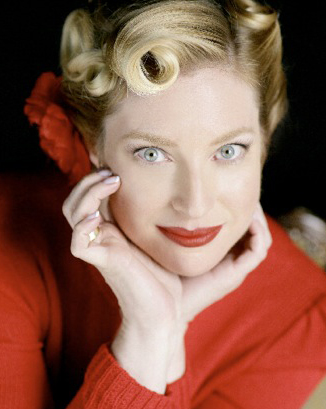
by GJ dePillis
More on Tools
Last month, we evaluated two main brands of clippers, the better quality Felco being preferred over the less expensive Fiskar by most Rose Societies. Both are “bypass” clippers, meaning they have one thin blade and one thicker, flat, curved blade, which allows them to cross each other. Pruning requires one hold the clippers one way and when clipping flowers, one holds them differently.
What other tools does the gardener need besides pruning shears?

A Felco (#8-size shown here) is good for clipping up to a ½” stem.

Use loppers if the stem is over ½” thick.
 The anvil pruner tends to crush the stem rather than slice it clean, so only use it when cutting hard rose wood or tree branches.
The anvil pruner tends to crush the stem rather than slice it clean, so only use it when cutting hard rose wood or tree branches.
Use a small dry wall saw to cut in hard-to-reach places
A hat for sun protection and a bottle of water to keep oneself hydrated are not tools, but certainly are advised in hotter climates. Likewise, a long-sleeved denim shirt (available at the Temecula Rose Society website) will help avoid pricks and scratches on one’s arms. A foam knee pad will go a long way to decreasing discomfort while pruning low lying areas.
Photos Provided by GJ dePillis. Ms. dePillis is a freelance contributor to the Journal who is based on the West Coast of theUnited States. She can be reached via depillisATgmail.com
Consulting the Silver Expert
by Jeffrey Herman
Q: I have a set of 1847 Rogers Bros. flatware. Is it sterling?
A: Unfortunately, it isn’t. The “1847” does not indicate the date the company was founded or a design number. It refers to the date the electroplating process was perfected, after which an extensive line of plated holloware and flatware began to be produced.
Mr. Herman continues to offer his services to our readers for any questions you may have about the care of silver. Either call him at (800) 339-0417 (USA) or email jeff at hermansilver.com
The Institute is dedicated to raising service standards by broadly disseminating the mindset and skills of that time-honored, quintessential service provider, the British Butler, adapted to the needs of modern employers and guests in staffed homes, luxury hotels, resort, spas, retirement communities, jets, yachts, & cruise ships around the world.

